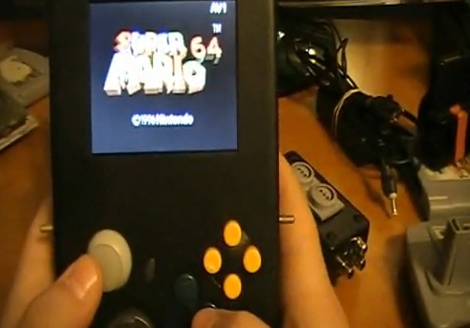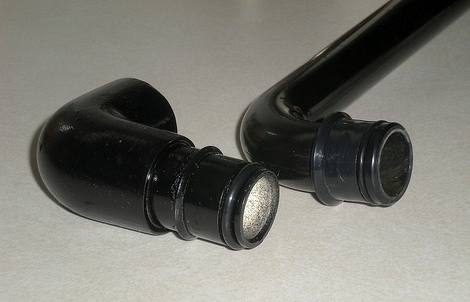
The continuing battle for smallest console-made-portable continues with this N64 portable hack. Unlike the last two that we saw, this version opts for an over-under rather than side-by-side control scheme. This results in a small overall size, but because this thing is a thick brick we wonder if playing for hours would just leave you horribly mangled and crippled from the elbow down. [Bentomo] may have thought the same thing because he also built a breakout connector to use the original controllers (and play with more than one player on that tiny screen). If you’re a slave to the build details like we are check out his build log and the video after the break.
Continue reading “Flaming Hot Brick Plays Games, Promotes Tendonitis”
















